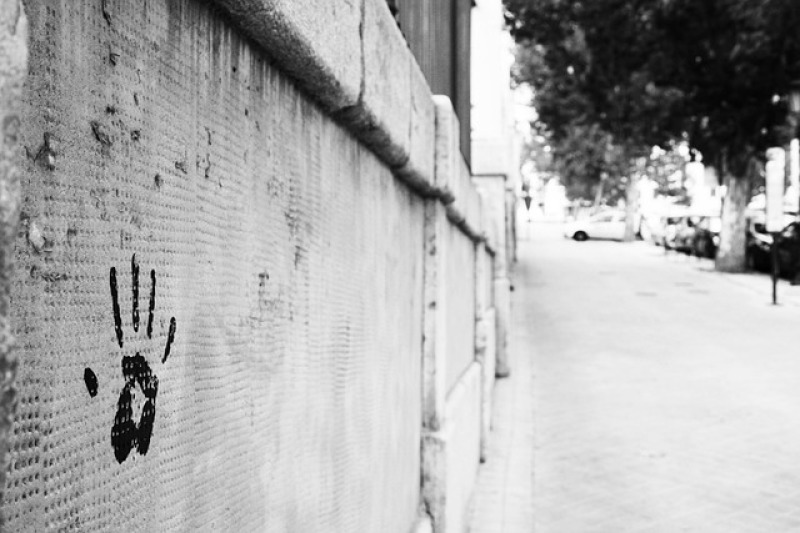
Jerusalem is a holy place people in faith love to go to and practice their religious beliefs and spirituality. Anything mysterious that would be discovered is mainly linked by experts to the bible and also to the life before.
The discovery of a mysterious handprint on a clay shard in an ancient moat in east Jerusalem has sparked speculation among experts about its purpose and origins, with some speculating it may have been a playful act from centuries ago.
Handprint's Origin Still Unkown
According to an article in France 24, Archaeologists in Israel are perplexed by the discovery of a handprint etched into the stone wall of a historic moat outside of Jerusalem's Old City, believed to have been carved by the crusaders, which needed five weeks to breach the city's defenses. Still, the purpose and meaning of this handprint remain a mystery.
Despite the explicit purpose of the moat, the meaning behind the handprint still needs to be determined. The excavation director, Zubair Adawi, said they had tried to solve the mystery but failed. The handprint and the moat have been covered to allow infrastructure works to continue just below the 16th-century walls built by Suleiman the Magnificent.
The handprint found on an ancient moat in east Jerusalem has left the archaeologists from the IAA uncertain who carved it and its purpose. The trench and handprint have been covered to allow infrastructure works to continue in the area, just below the 16th-century walls built by Suleiman the Magnificent.
Also Read: Pilgrims Flock to Holy Land as Covid Restrictions Ease
Discoveries in Jerusalem and How it Affects Tourism
Jerusalem is one of the world's most historically and religiously significant cities, and as such, it attracts millions of tourists every year. The city is home to numerous religious sites, including the Western Wall, the Church of the Holy Sepulchre, and the Dome of the Rock, making it a popular destination for people of various faiths. Jerusalem also offers a wealth of historical and cultural attractions, such as the Old City, the City of David, and the Israel Museum.
However, due to the current COVID-19 pandemic, the tourism industry in Jerusalem, like many places around the world, has been dramatically impacted. Many tourist sites have closed, and many travelers have canceled their trips. The city is now adapting to the new normal and implementing strict protocols to ensure the safety of locals and tourists.
Despite the challenges, Jerusalem remains a popular destination for tourists from all over the world, and it is expected that the city's tourism industry will continue to grow.
Archaeologists' efforts are the ones that drive the success of tourism in Jerusalem. According to a story in Christianity Daily, for the past decade, archaeologists in the City of David have been working tirelessly to unearth and restore the Pilgrimage Road, a 2,000-year-old path that ancient pilgrims once used to make a religious journey.
Hidden beneath the Arab neighborhood of Silwan, the road, which consists of stone steps, leads from the Pool of Siloam to the Temple Mount, one of Judaism's holiest sites. While the road has Roman origins, it was not used to lead to Rome but to facilitate the religious journey. The archaeologists are now striving to allow modern visitors to experience this ancient journey by recreating it."
Related Article: Blind Man's Healing Site at Holy Jerusalem Open to Public for the First Time



















